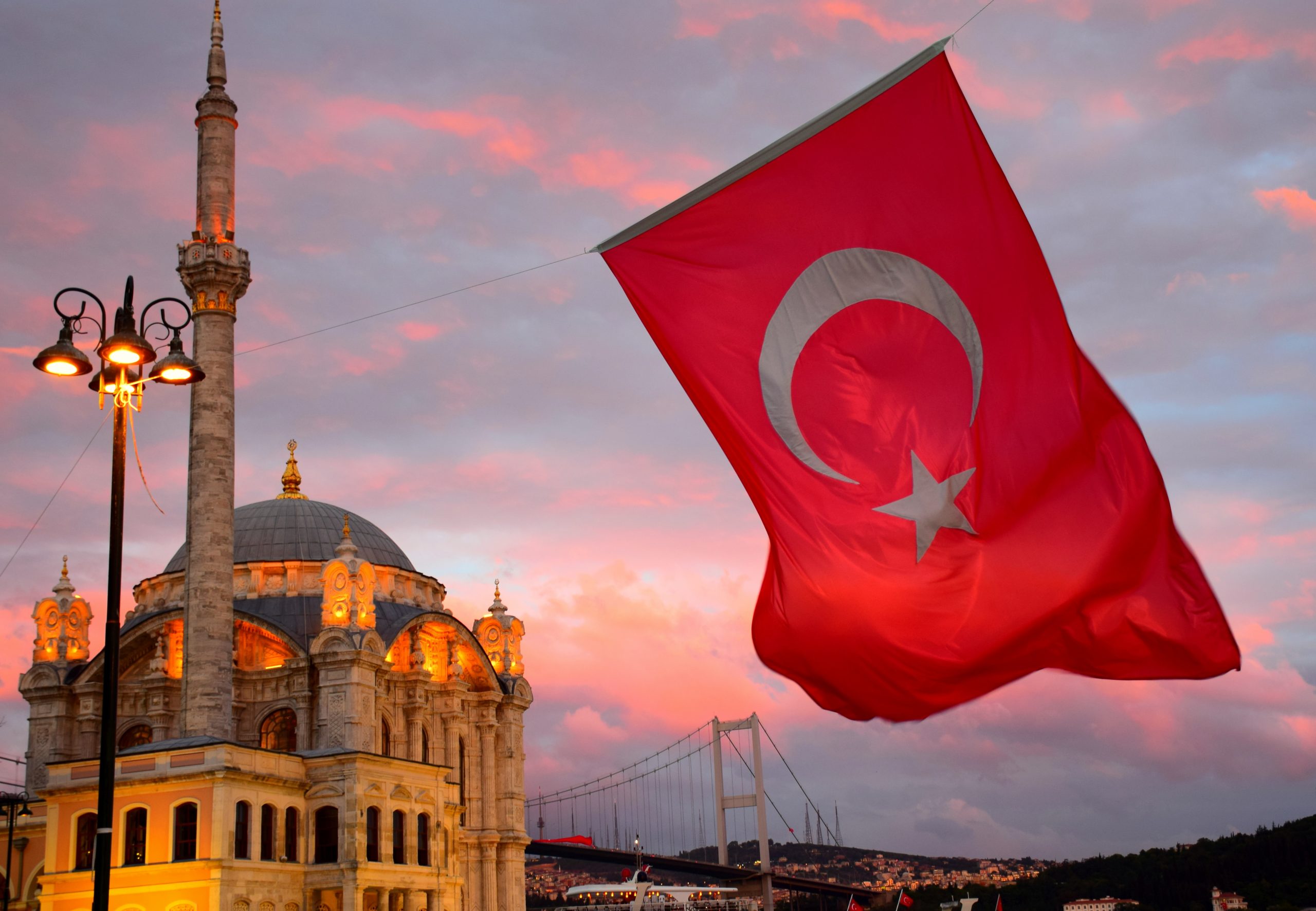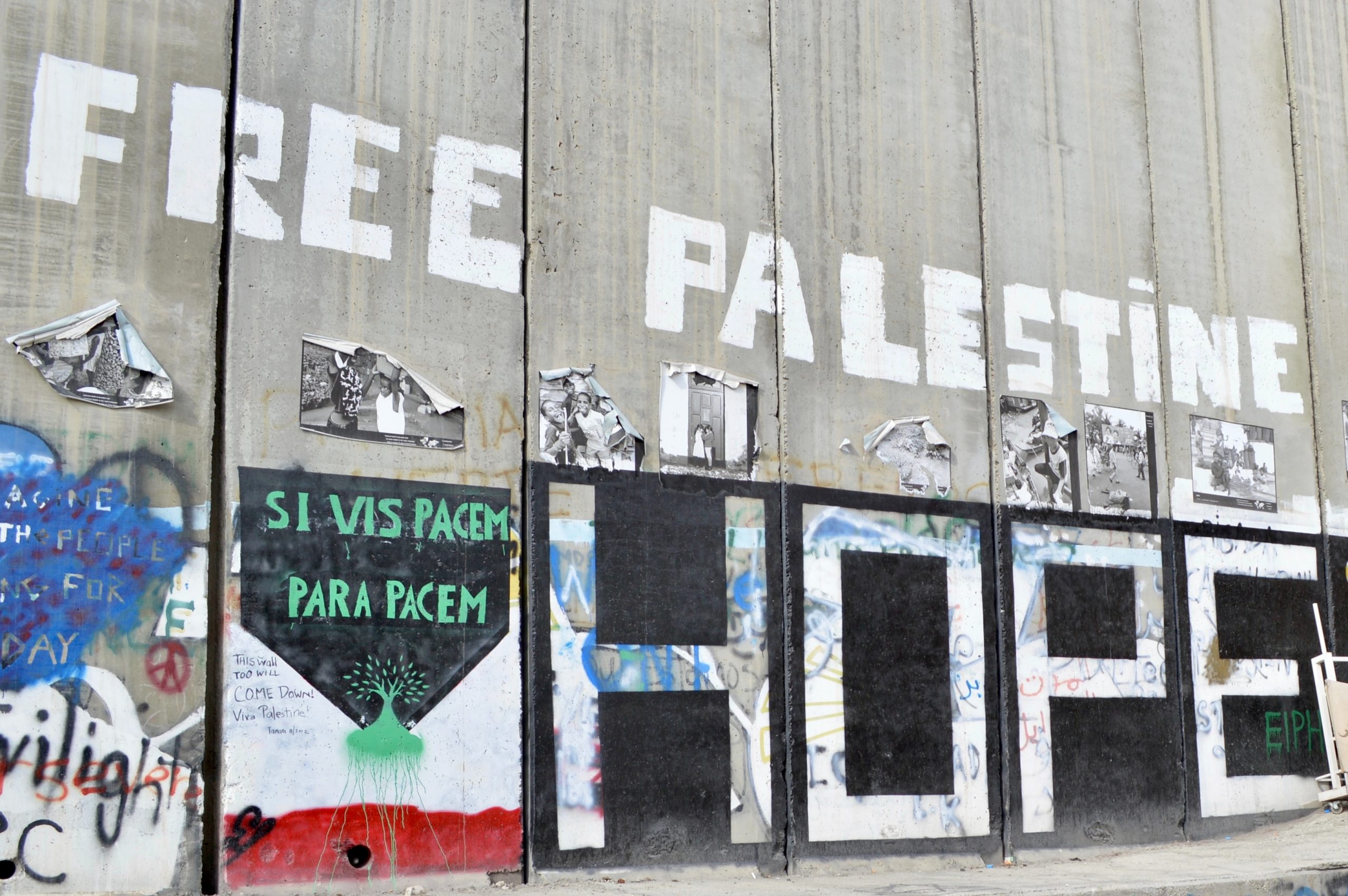Books & Culture
It’s Time for the Slow, Aimless Novel to Get Its Due
Pandemic isolation is the perfect time to reconsider "loiterly" literature: meandering works where the wandering is the point

Speed has been the grand idol of our time, the focal point of our cultures, the ultimate goal of many a new technological innovation. We are taught to hanker after faster phones, faster cars, faster boats, faster jets. In the utopian future big tech companies would have us imagine, we are transported to our destinations in the blink of an eye, every transition between places, activities, and thoughts lasting a fraction of a second. These companies go out of their way to advertise themselves using jargon that evokes velocity—their operations are “agile” or “nimble,” and their embedded intellectuals celebrate the arrival of “digital speed revolution,” “turbo capitalism,” and “hyper-acceleration.”
Given this, it is rather incredible that a virus has ground this rampaging cult of speed to a halt. COVID-19 has spread like wildfire, and reduced the actual pace of our lives to a crawl. In the few weeks after lockdown commenced, it turned out that, when push came to shove, many of those lean and agile and nimble startups queued up cap-in-hand for a government bailout.
It turns out that our survival is contingent upon slowing down, rather than speeding up.
Indeed, it turns out that our survival is contingent upon slowing down, rather than speeding up: only by reducing the pace of our activity can we minimize the carnage this virus inflicts. The faster the virus spreads, the slower we must be. In epicenters such as New York City in April, only a total lockdown, a total stop, could save lives.
Trapped in their houses, people started to look around for ways of coping with this new pace of life. If social media feeds and blog posts were to be trusted, many picked fat novels off the shelf, some for the first time in a long while, and got to reading. Relevant titles like Jose Saramago’s Blindness or Gabriel Garcia Marquez’s Love in the Time of Cholera appeared frequently, as well as intimidating 19th-century tomes like The Brothers Karamazov or difficult modernist books like Mrs. Dalloway.
Yet our current predicament is actually best reflected by a type of novel that does not appear to be receiving as much attention. These narratives, forming a body of work collectively described as “loiterature” by literary theorist Ross Chambers, are about being stuck—in place and also narratively. They tell a peculiar kind of story that relies on lack of forward movement, of stalling and dithering, of wandering with no destination.
In my 20s I traveled extensively across Iran by car. Over the course of those trips I encountered a whole way of living that was neither urban nor rural. It was a road-fork lifestyle.
The Iranian plateau consists of large swathes of desert. In central states, sometimes roads stretch for hundreds of miles without even a bend. The forks on those roads, which are few and far between, play a large role in making those journeys possible. At the point where one of these roads bifurcate into two diverging paths towards two different destinations, most drivers pull over to refresh themselves. If you travel a lot, after a while you’ll notice that the forks across the country are strikingly similar, even though hundreds upon hundreds of miles lie between them.
Common to all these junctures are the small communities that have emerged around them over time. You often see local people there, selling fruit and vegetables grown on their nearby farms or gardens. There is always a gas station, a little supermarket and a public toilet. At busier forks you are likely to find a restaurant, its menu limited to a few kinds of chicken and lamb kebab and deezi. Car mechanics often set up shop at forks. Right off to the side of the gas station you can see them in their greasy overalls, whiling away the hours on creaky chairs, smoking under the sun.
Many tales and fables of Persian literature begin with a diverse crowd gathering around a storyteller, listening to a yarn that stretches far into the night.
This intricate, vast network of highways are dotted with little, interstitial towns inhabited by recurring types of people bears striking resemblances to the caravansaries of ancient Persia, which abounded along the Silk Road, and their ruins can be found everywhere in the central desert of Iran. Persia was the meeting point where merchants from East and West crossed paths and spent long nights under the star-strewn desert sky. We don’t know much about what they did together, but it is safe to assume storytelling was a major component of it. Many tales and fables of Persian literature begin with a diverse crowd gathering around a storyteller, listening to a yarn that stretches far into the night. Naqali, the tradition of performing stories from Ferdowsi’s Shahnameh, is the most famous example of that, and is still practiced in coffeehouses in small town Iran. Those fork road caravanserais, some of which neatly superimposed by the fork road towns of today, may have been the forgotten origin of a literary genre.
Road fork culture has evolved in diverse locales, flourishing especially in old empires that heavily relied on trade and the movement of armies. An important example of this is the Ancient Rome, which inspired Chambers to articulate his theory of the loiterly novel.
In Ancient Rome forks were distinguishable places. Travelers there stopped to visit taverns and gambling joints, seedy hotels and brothels. Apart from the people who worked in those establishments, there were some who practically lived there: idlers with no jobs and no intention of finding one. Ostracized from urban centers, they spend their lives wandering about the forks and killing times.
In his book Loiterature, Chambers notes that the Latin word for this kind of place, the meeting point of three roads, is trivia. The denotation of “trivial” in English and other European languages makes it clear how the dominant Roman culture regarded the dwellers of trivia. This disdain, Chambers contends, rose from the fact that at a trivia, social boundaries broke down. In rigidly stratified Roman society, at a trivia the aristocratic traveler, the local vagabond, the aimless wanderer, and the inveterate gambler passed time together and participated in the same activities.
Trivia, therefore, is antithetical to speed, progress and unidirectional movement. According to Chambers’ theory, the “loiterly novel” adopts the structure of the trivia lifestyle. The power of this form, according to Chambers,
Lies not in not moving but in moving without going anywhere in particular, and indeed in moving without knowing—or maybe pretending not to know—where it’s going. What makes it loiterly is that it moves, but without advancing. It travels, but it travels, so to speak, on the spot, without needing to leave home.
Which brings us to the present moment, the world in quarantine: as it has become impossible to travel physically, people are inventing ways of traveling on the spot, without moving towards a pre-determined destination.
Chambers offers delightful analyses of many artworks that fit this category, ranging from contemporary movies and memoirs all the way back to Laurence Sterne’s Tristram Shandy, which he considers the founding text of this genre. His decidedly Western gaze, however, misses a perfect exemplar of the loiterly narrative: One Thousand and One Nights.
“It is a book so vast,” Jorge Luis Borges said about the Nights, “that it is not necessary to have read,” because those stories are already “a part of our memory.”
Borges’ statement is half-true. Figures of genies and treasure-hunters, sailors fighting sea monsters to reach the shores of magical islands, are so ingrained in the global collective fantasy that we hardly bother to trace them to their origin. But his statement implies the Nights is but a collection of those stories, and the way they are assembled into a book is incidental. That is not the case. The Nights is as meticulously structured as a modern novel, and indeed a lot is lost if the book is not read cover to cover. An analysis of the frame story of text allows us to appreciate the loiterly nature of this archetypal work.
The book begins thus: King Shahriar, having been cuckolded by his wife, sets out to take revenge by becoming a plague upon the women of his kingdom. He demands that his vizier bring a young woman to his room every evening, and over the course of the night, he rapes and kills her. When every young woman has either been murdered or has fled town, the vizier turns to his own family. His daughter Shahrzad volunteers herself. She enters the harem not as a sacrificial lamb but rather with a plan to neutralize the king. As part of her plan, she takes her sister Dunyazad along with her to the palace.
When night descends, she asks the king to give her some time to put Dunyazad to sleep by telling her a story. The King permits this and while he sits waiting, he overhears the story. Shahrzad’s tale is so enchanting that the king becomes desperate to know how it ends. But the story doesn’t end before dawn, so the monarch allows Shahrzad to return the next night and finish the story.
But the story never ends. For a thousand and one nights, Shahrzad keeps her tale alive by digressing and loitering, embarking upon stories within stories within stories, never reaching the end of a narrative line before starting another. She keeps going until the king is completely disarmed, his anger diffused. In Chambers’ terms, the king’s “beeline,” his unidirectional, fast-moving killing mania, runs into the wall of Shahrzad’s “digression” and evasiveness.
The aspect of Shahrzad’s character that often draws the most attention is her ingenuity and dexterity in storytelling. The frame story makes it clear, however, that she is also a spirited fighter who takes an enormous risk to halt a lethal plague in her community. Also, unlike what is commonly believed, she is not the prisoner of the king, and not just because she volunteered. Indeed, whoever came up with her name in ancient Persia, possibly while spinning out wild tales to mitigate the boredom of long deserts night in a caravansary at a road fork, took pains so the names would reveal the power structure inside the harem: Shahriar, the king’s name, comes from Shahr-dar, or literally, “landowner.” Shahrzad, which is a shorter form of Shahr-azad, literally means “free from land.”
The list of the Western authors influenced by the Nights is practically endless. Giovanni Boccaccio, author of The Decameron, saw it as a representation of how storytelling can restrain a rampaging death machine that functioned as a plague on society, and reworked that idea into a book about an actual plague.
The Decameron opens in Florence in throes of the Black Death epidemic of 1348 , which, as we read in the introduction, “had some years before appeared in the parts of the East and after having bereft these latter of an innumerable number of inhabitants, extending without cease from one place to another, had now unhappily spread towards the West.” As people fall prey to the disease, three men and seven women leave town for a villa in the mountains. In the pleasant greenery of the countryside they emulate Shahrzad by using storytelling as a survival strategy. They take turns telling stories every night to protect their sanity in lockdown and wait out the plague.
Boccaccio clearly had the Nights in mind when creating the structure for his book, but the differences between these two stories are as revealing as their similarities. In The Decameron, stories are allowed to have beginnings and ends plots come to satisfying resolutions and impart moral lessons. For Shahrzad, resolving a narrative line amounts to a death sentence. She meanders and digresses, jumps from one story to another, postponing again and again the resolution. She faces the double challenge of keeping a story supremely interesting, then interrupting it with an equally enthralling tale, for she cannot afford a moment of frustration for her audience, the murderous man sitting right next to her, his dagger tucked away in the shawl wrapped around his waist.
In doing so, Shahrzad transcends the “beeline” vs. “digressive” dichotomy Chambers sets up in Loiterature. Indeed, in the Nights, she executes storytelling as web-making, which is another apt metaphor for the loiterly narrative: the spider tries infinite routes, constantly moves and turns. In weaving the web, it travels to no destination. It moves around the same spot, leaving in its wake a network of a thousand connected little routes with no beginning and no end. In the Nights Shahrzad constructs a very similar web, which also functions as a trap: on the first night Shahriar falls into it like an insect in a spider web, and over the thousand following evenings Shahrzad wraps slender but firm threads around his body, entrapping and disarming him.
At a time when destinations are health hazards, this type of story teaches us to indulge in a different kind of journey.
The Nights, therefore, is a prime exemplar of a literary tradition that gives us a blueprint for surviving, even flourishing, in lockdown: the loiterly narrative. The texts in that tradition show us how to travel without moving, how to thrive in stasis. At a time when destinations are health hazards, this type of story teaches us to indulge in a different kind of journey, to avoid straight lines, to wander in place.
In societies where the pace of life has accelerated at a dizzying rate, loiterly novels and their readers constitute a small, eccentric, ex-centric minority who have chosen to shun the cult of speed and traverse the world in the same fashion as Rocinante, Don Quixote’s skinny horse. They move slowly and nonchalantly, unembarrassed by their clumsy gait and occasional wobbling. They linger here, dither there, in no hurry to get anywhere specific. The journey itself is their destination.
Many of us have gotten addicted to speed, and now that life has come to a grinding halt, we are not sure how to function. We have spent so much time on expressways we don’t know what to do at trivia. The loiterly storytellers are among the few who do. From Thousand and One Nights to this day, countless storytellers have stepped off the expressway and sought the truth of their fiction at forks. While we were busy upgrading our gadgets to catch up with the speed of the world, they have been anachronistically honing their horsemanship to navigate craggy off-road tracks, to wander around the forks of modern life.
The loiterly narratives have always comprised a subset of what is known as “experimental” literature, continuing a rich but modest existence on the margins of the mainstream. The global quarantine should be their moment. We need to learn to have new journeys, and for that we need new maps, new conceptualizations of place, new appreciation for pauses and for forks. The loiterly narratives can provide a blueprint for the shift of mindset required by life in quarantine, a survival manual for a world whose speedometer has dropped to zero.









